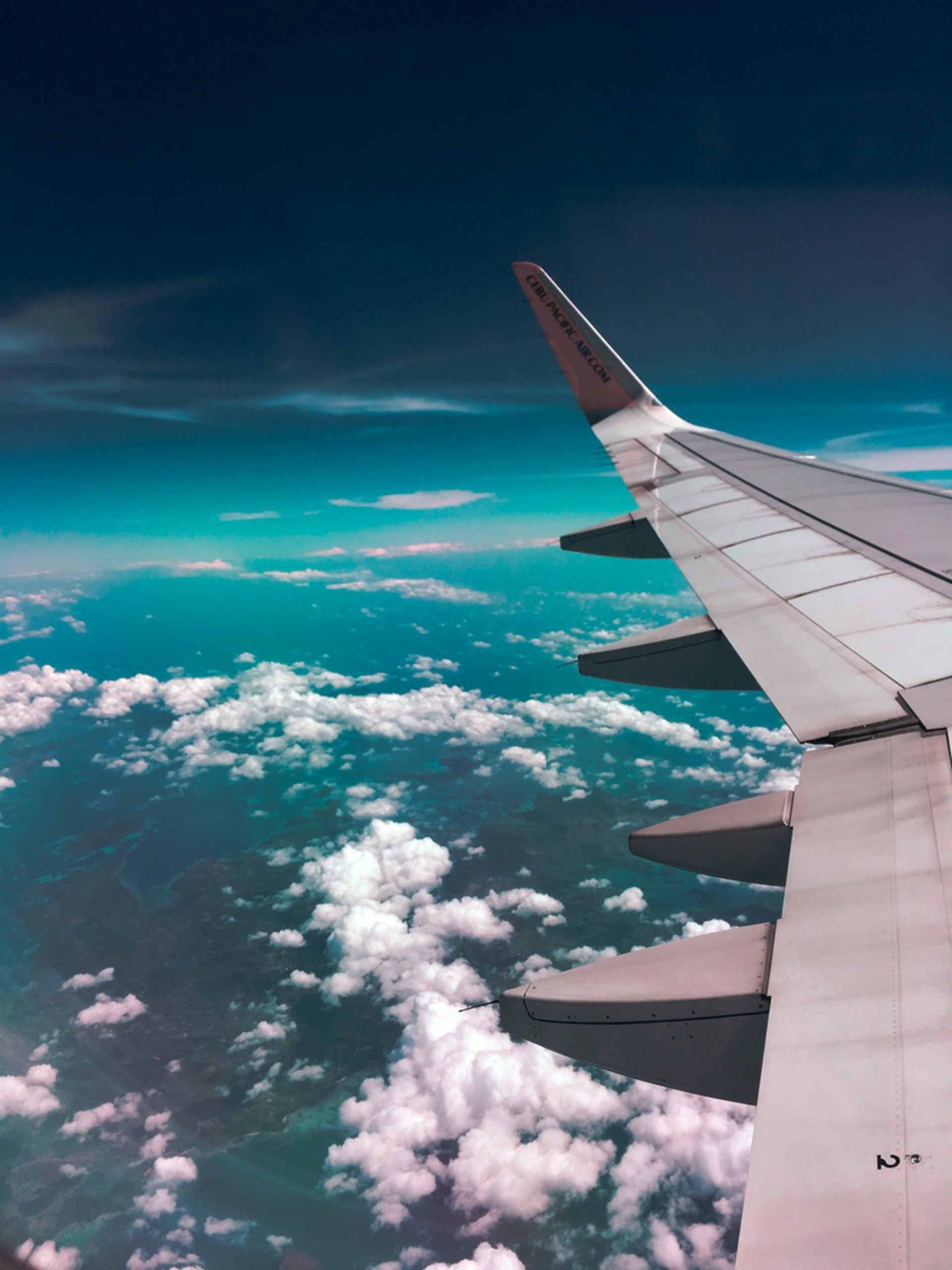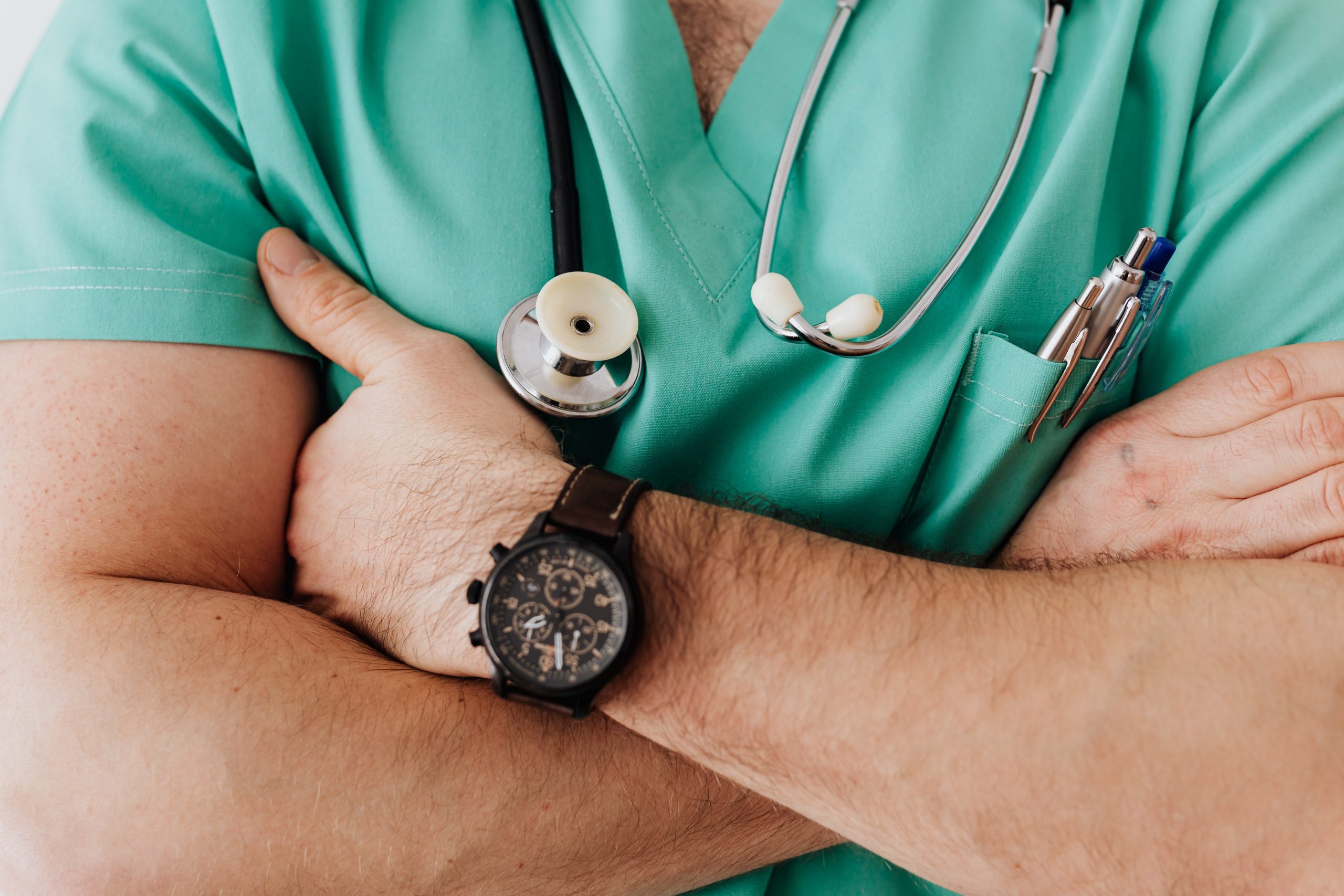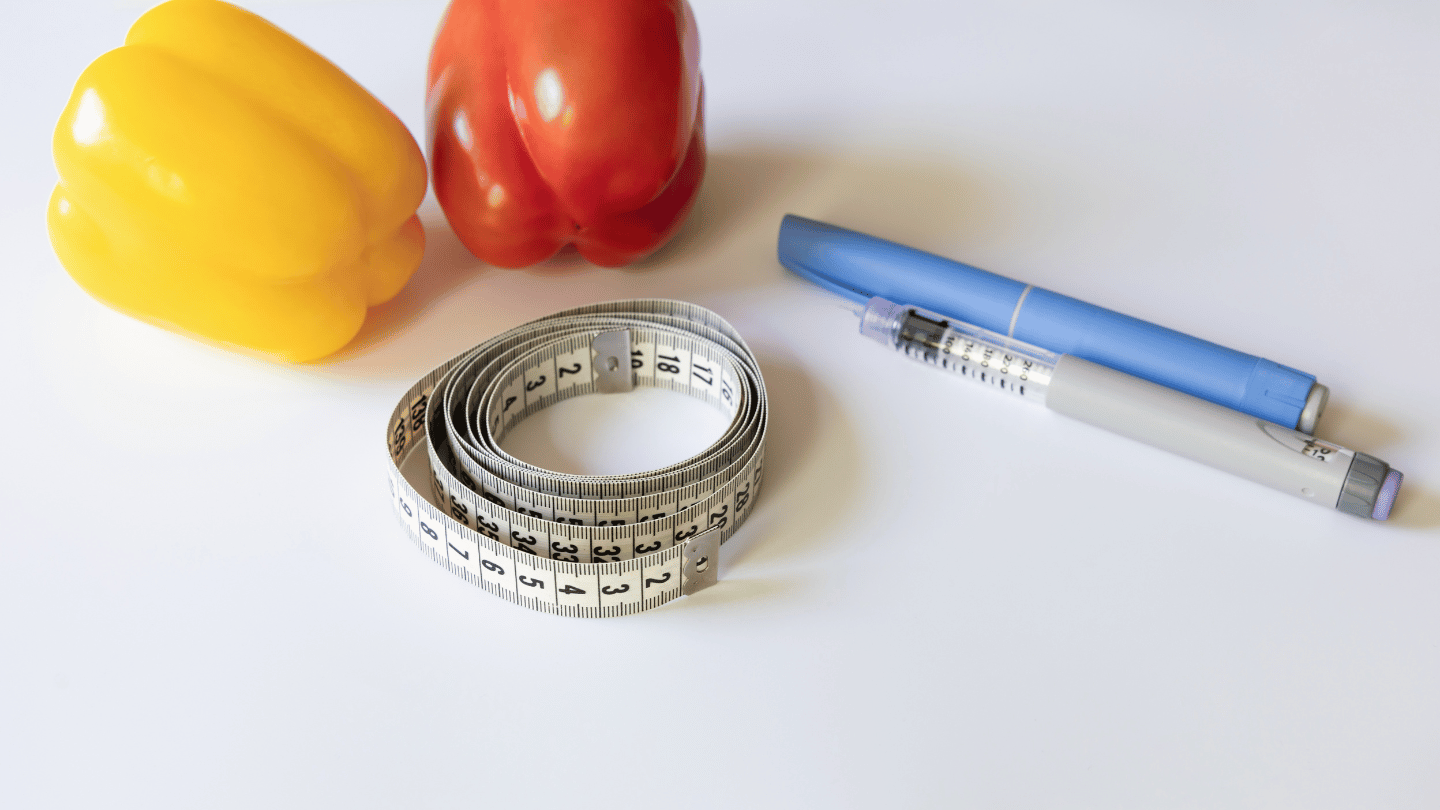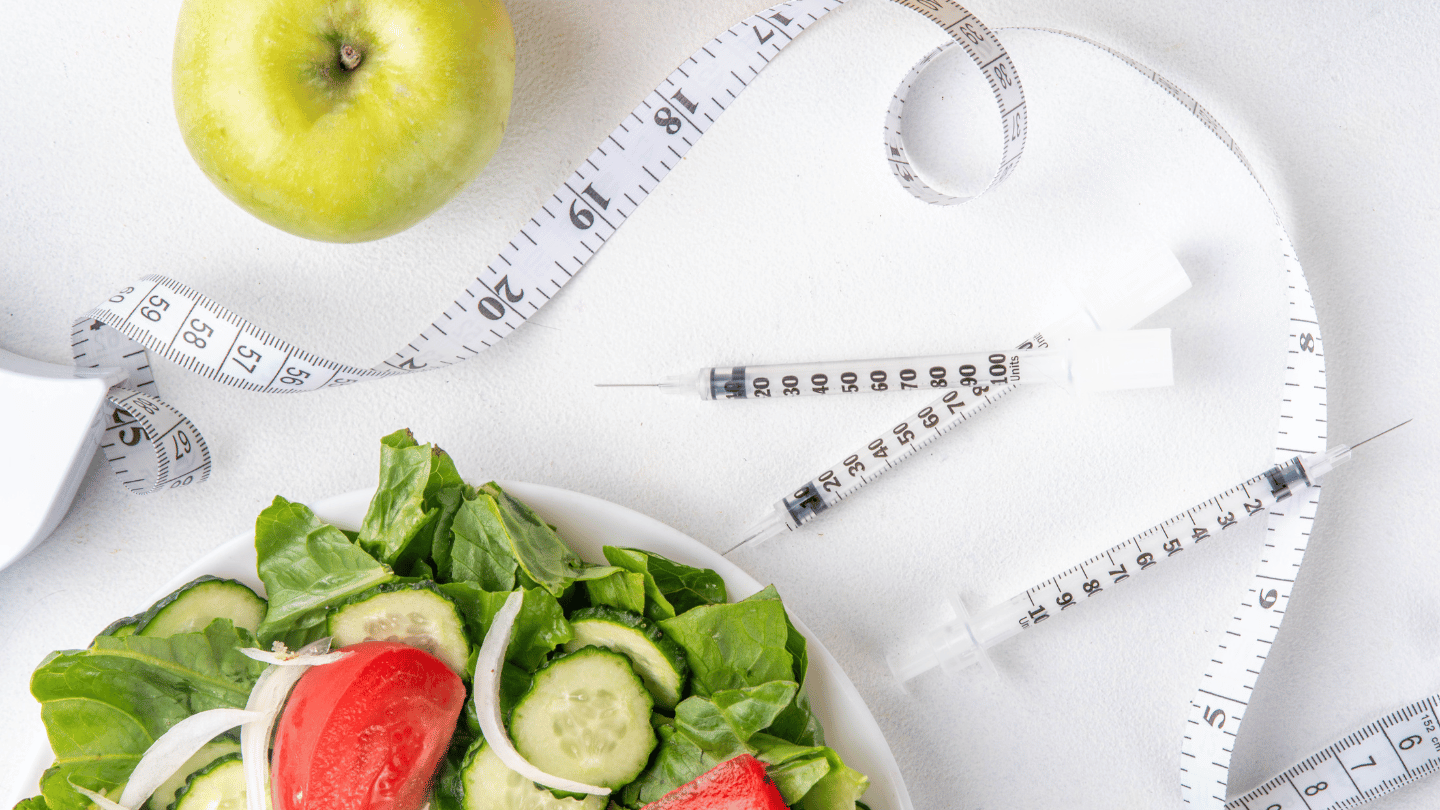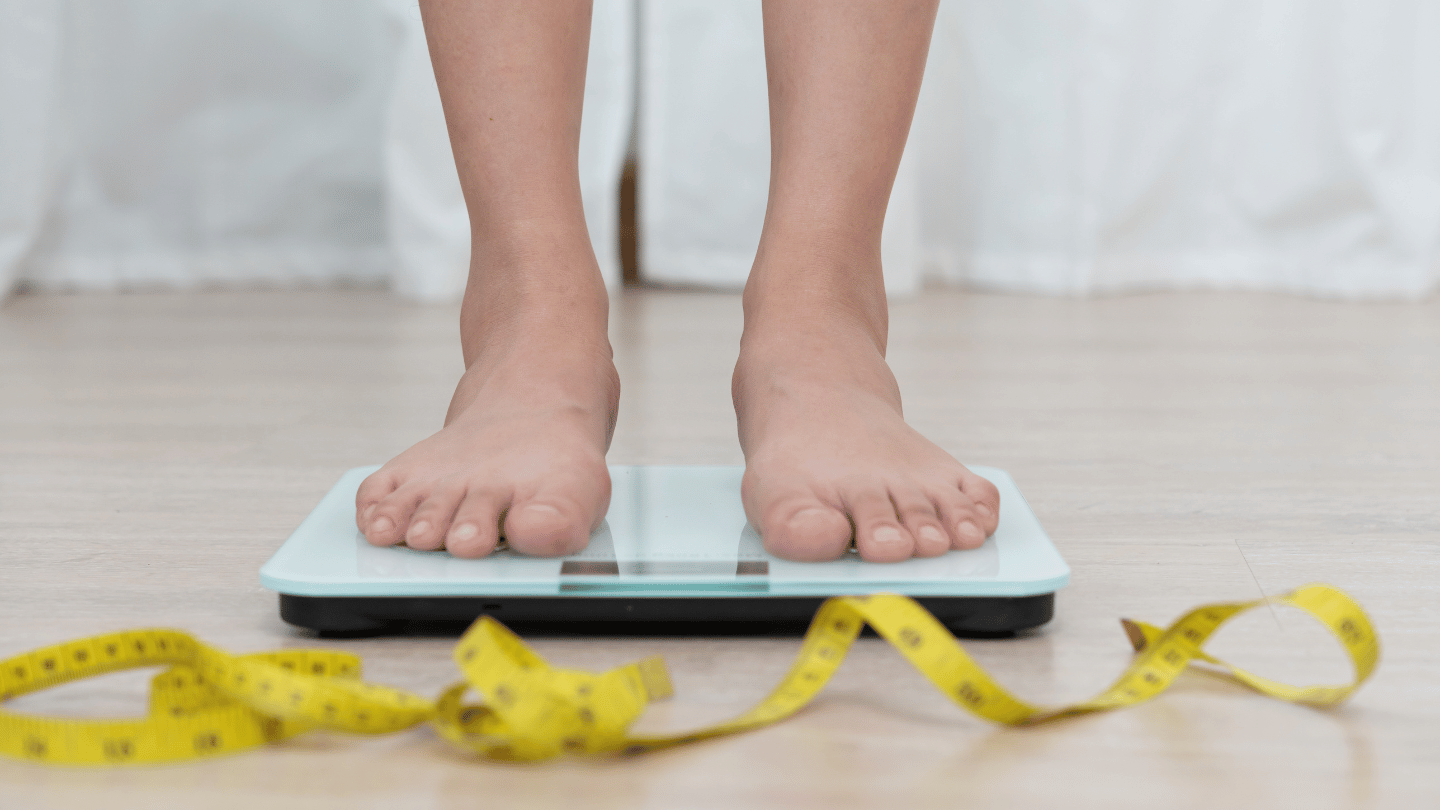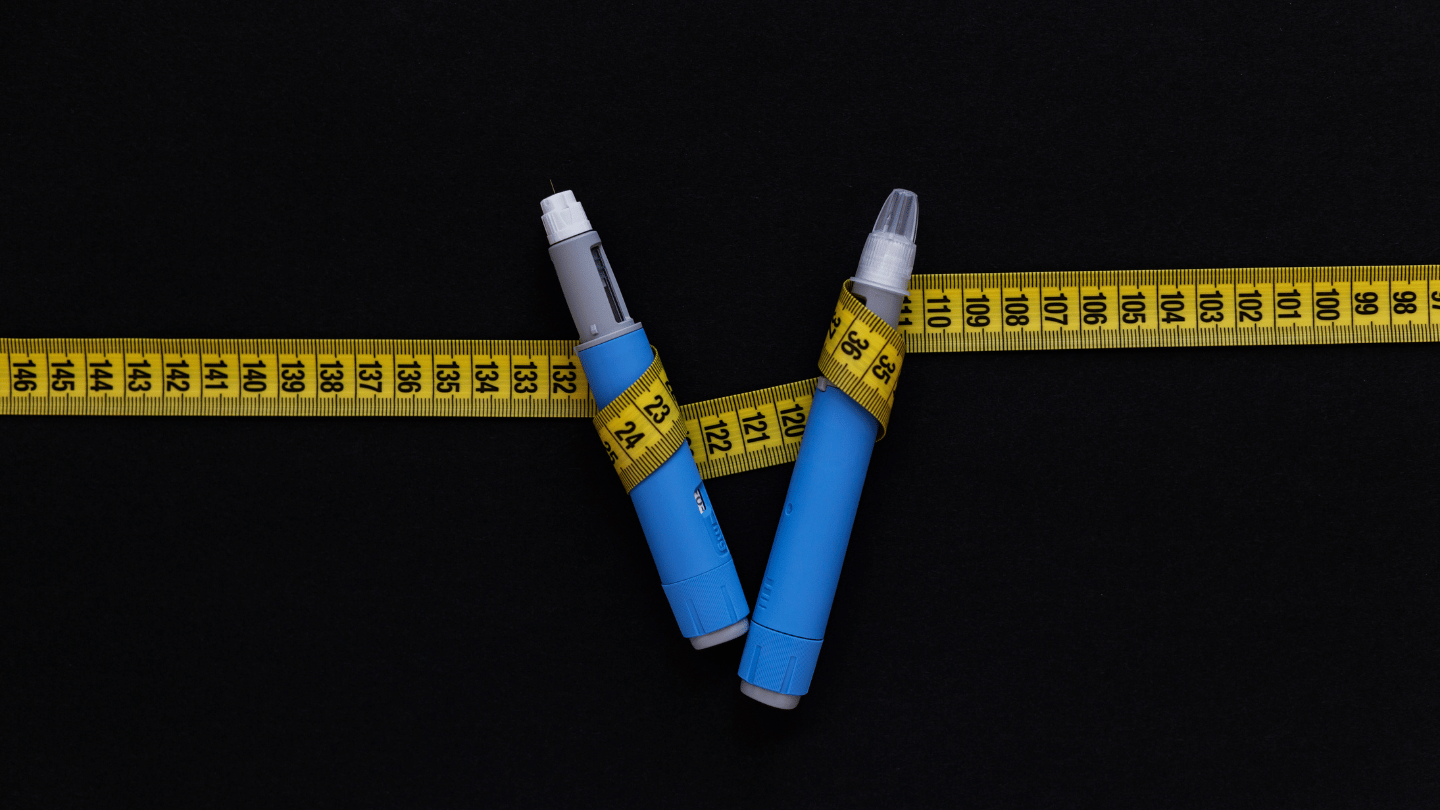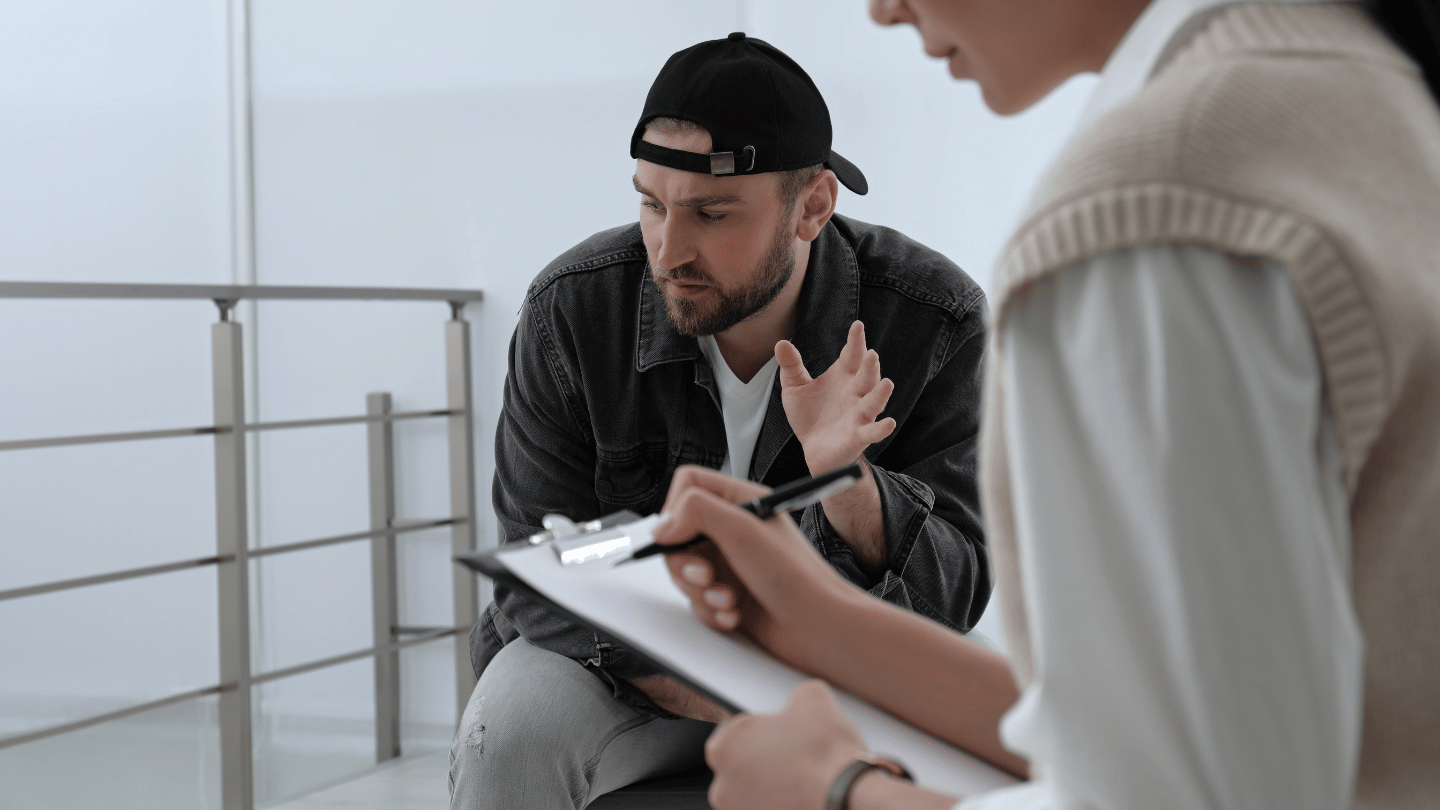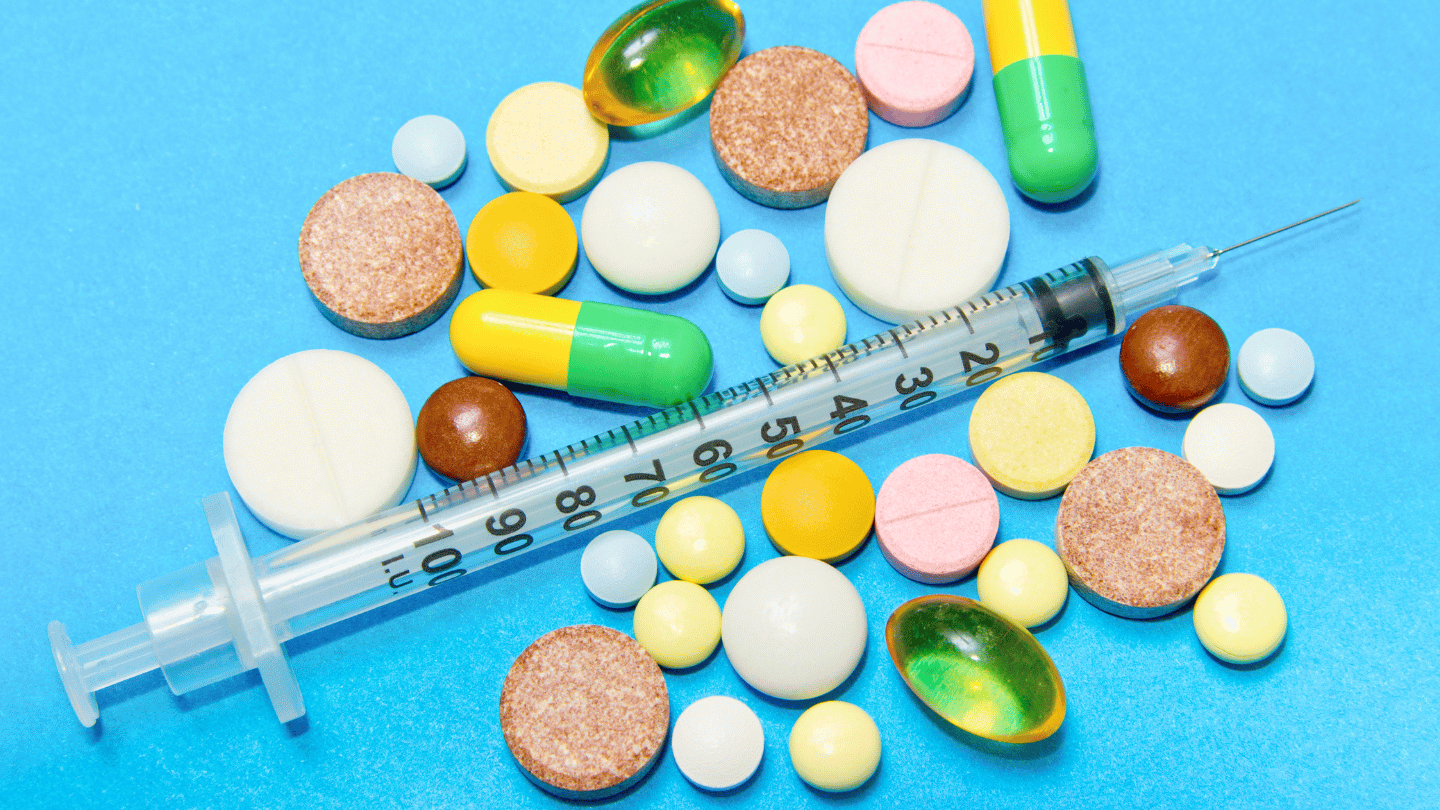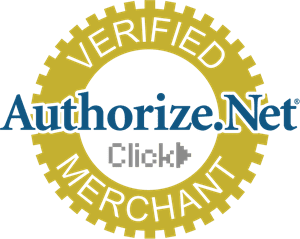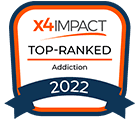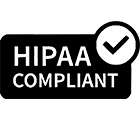With the COVID-19 pandemic affecting all parts of the world, air travel has been particularly impacted. The Centers for Disease Control and Prevention (CDC) have updated their guidelines multiple times to adapt to the changing landscape of the pandemic.
Let’s look at the past updates, what you can expect now when attempting to travel with a recent COVID-19 infection, and how telehealth can help you get a documentation of recovery letter.
Previous CDC Requirements for Travel
On December 6, 2021, the CDC required every traveler over the age of 2 years to present a negative COVID test (PCR or antigen) taken within one day of travel to the United States. This rule was updated on June 6, 2022, when the CDC lifted the requirement for a negative COVID test for travelers entering the United States. However, individual airlines could still have their own requirements.
Please note that these requirements are subject to change, and it’s always best to check the latest guidelines before your travel.
Current CDC Guidelines for Traveling (As of 2024)
As of 2024, the CDC no longer requires proof of COVID-19 vaccination or a negative COVID-19 test for entry into the United States for both U.S. citizens and non-citizens (CDC) (Travel.state).
This reflects the broader easing of restrictions as the public health emergency has ended. However, it is always important to check with your airline and destination country for any additional requirements they may have.
These could include proof of vaccination, a negative COVID-19 test, or quarantine upon arrival. Airlines and countries may still have their own rules and regulations, and staying informed about them is crucial to ensure a smooth travel experience.
Traveling After a Recent COVID-19 Infection
If you’ve recently recovered from COVID-19, you might still test positive for weeks due to lingering non-infectious virus fragments. This can complicate travel plans, but the CDC provides a solution with a ‘Documentation of Recovery’ letter.
Here’s what you need:
- Met Criteria to End Isolation: According to CDC guidelines, you must have ended your isolation period, which typically means:
- 10 days since your symptoms first appeared or since your positive test if asymptomatic.
- At least 24 hours with no fever without the use of fever-reducing medications.
- Improvement in other COVID-19 symptoms.
- Proof of Positive Test: You need documentation of a positive COVID-19 test (PCR or antigen) taken from an official lab within the last 90 days. Home tests are not accepted unless they are proctored.
- Letter from a Healthcare Provider: This letter should state that you have recovered from COVID-19, are no longer infectious, and are cleared to travel. QuickMD can provide this letter through a telemedicine visit.
Obtaining a ‘Documentation of Recovery’ Letter
QuickMD offers a hassle-free online consultation service where licensed physicians can provide the required ‘Documentation of Recovery’ letter. This service, priced at $75, includes the telemedicine consultation and the letter, which will be promptly emailed to you in PDF format on QuickMD’s official letterhead, ensuring a smooth and efficient process.
Conclusion
While the CDC has relaxed many of its travel restrictions, it’s of utmost importance to stay vigilant and informed about current guidelines and requirements from both your airline and destination. If you need a ‘Documentation of Recovery’ letter after a recent COVID-19 infection, QuickMD can help you easily get cleared to travel, empowering you to take control of your travel plans.

